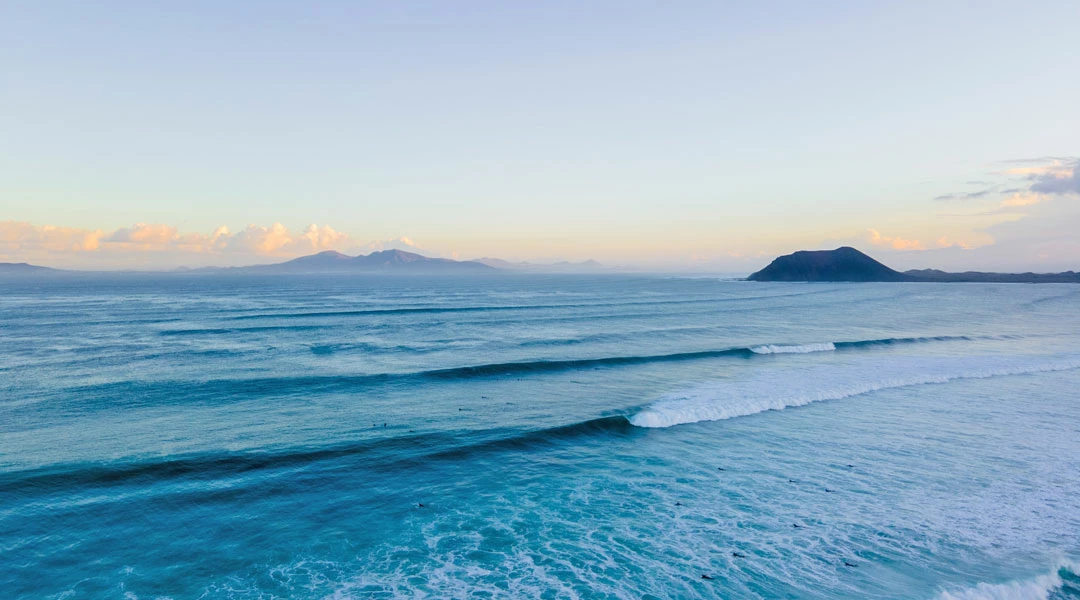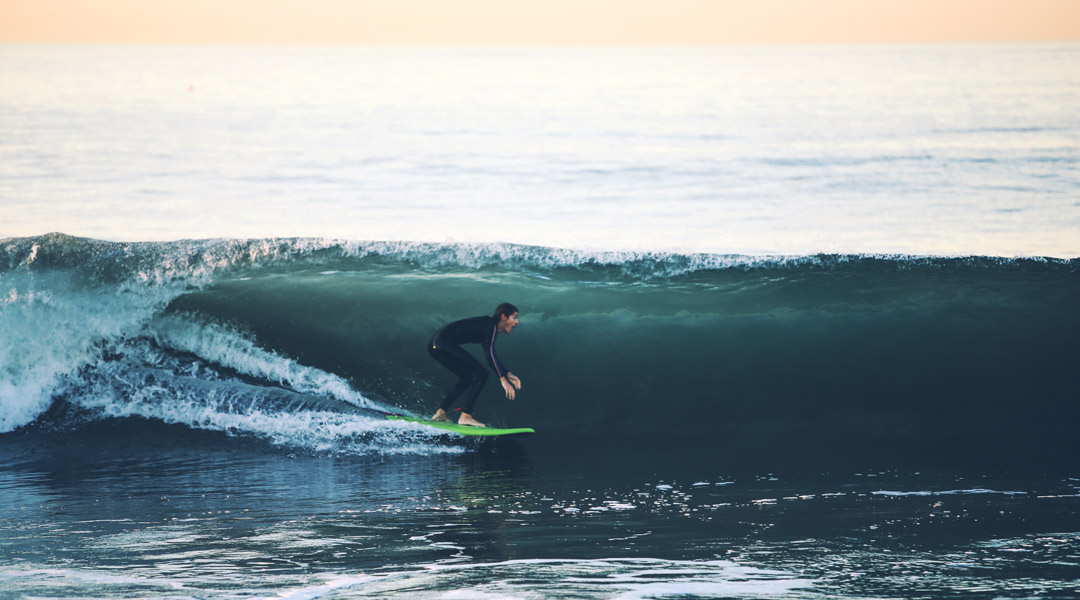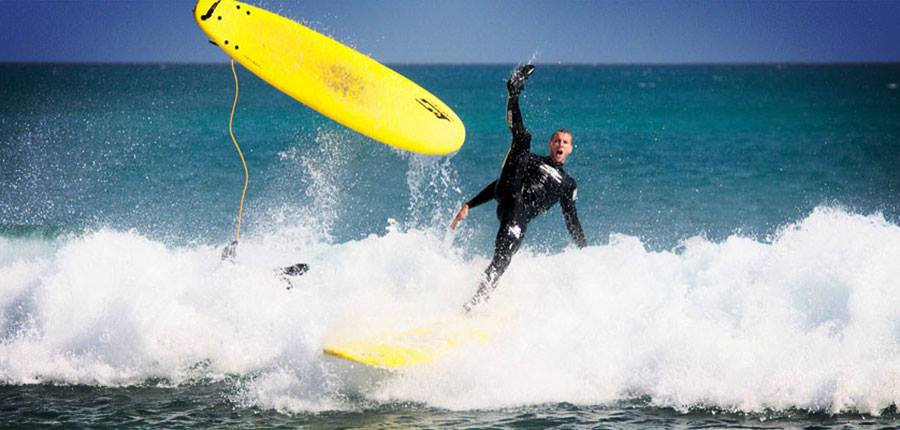
As surfers, we love our waves—and often take them for granted. Most people are completely unaware of how fleeting waves can be. And unfortunately, we humans are their greatest enemy. What may seem sensible for coastal protection and tourism—new harbor walls, promenades, hotel buildings—often changes the natural dynamics of the sea.
Sandbanks are displaced, currents shift, and the wind encounters altered shorelines. The result: waves change or disappear altogether.
![]()
The following examples show how sensitive nature is to such construction projects:
– Jardim do Mar, Madeira
Madeira – long a rugged jewel in the Atlantic. Sparsely populated, with little infrastructure for tourism. Around the year 2000, Jardim do Mar was discovered as a big wave spot, which brought about a major change in tourism and construction measures.
Intervention: A massive seawall along the town, which permanently altered Europe’s most beautiful right-hand big wave point break. The wave now only runs at a very specific time—at low tide with a smaller swell, for just under an hour, and only half as long as before.
Status in 2025: Still considered a memorial to the lack of consideration for surfing in coastal planning: shorter, less frequent, and more dangerous waves due to direct impact on the structure; remains an example in current reviews and outlooks.
– Mundaka, Spain
One of Europe’s most legendary left-hand breaks.
Intervention: Excavation work / sand dune relocation and estuary channel adjustments altered the natural sand transport here and caused the wave to disappear completely for a short time.
Status in 2025: Iconic case study: Although the sandbar recovered somewhat, its quality fluctuated over the years. The loss of stability of the sandbar irrevocably changed the wave and robbed the spot of much of its “perfection.” Current reports and studies remind us how sensitive the sandbar is to interference – and that management decisions caused the break to “disappear” at times.
– Þorlákshöfn / „Þorlí“ (Iceland)
Intervention: Port/land reclamation to expand infrastructure; rockfill in the break zone threatens the point break.
Status in 2025: Work began in February 2025; strong protests from the surfing community. On February 13, 2025, the project was temporarily halted while a complaint from the Icelandic Surfing Association is being reviewed (urgent proceedings before the Environmental Protection and Resource Complaints Authority). The risk to the break remains high.
– Anglet / Adour estuary (France, near Biarritz–Hossegor)
Intervention: Breakwaters/jetties were built to make the Adour estuary navigable; the channel is dredged regularly. This alters currents and sediment transport towards Anglet/Hossegor, thereby affecting the quality and consistency of the nearby peaks.
Status 2025: Die regelmäßigen Unterhaltungsbaggerungen des Navigationskanals gelten als fortlaufend notwendig – damit bleibt auch der Druck auf die umliegenden Sandbanken dauerhaft bestehen; ein klassischer Zielkonflikt zwischen Hafenbetrieb/Küstenschutz und Surf-Ökosystem.
![]()
Surfers as ambassadors of the sea
As all of the above examples show, we humans are usually the reason for the change or disappearance of popular surf spots. In most cases, the reason is the development of untouched nature with the aim of making a profit. It is often forgotten that surf spots are often crucial for local tourism.
When the waves disappear, so too does part of the economic foundation—and the soul—of a place.
As surfers, we have a responsibility to protect local and global spots.
Fortunately, there are organizations such as the Save The Waves Coalition that support local surfers in raising awareness for their causes and fighting against construction projects. Visit their website to learn more about current campaigns and how you can get involved.
https://www.savethewaves.org/
What you can do:
Get informed:
Find out what projects are planned for your favorite spot.
Get involved:
Support local groups or initiatives that are committed to preserving the coastline.
Support organizations:
Zum Beispiel Save The Waves – sie arbeiten weltweit daran, Surf-Ökosysteme zu schützen.
Respect nature:
Use official access points, avoid dune paths, and adhere to local regulations.
Travel consciously:
Sustainable tourism creates acceptance for the preservation of pristine beaches.





